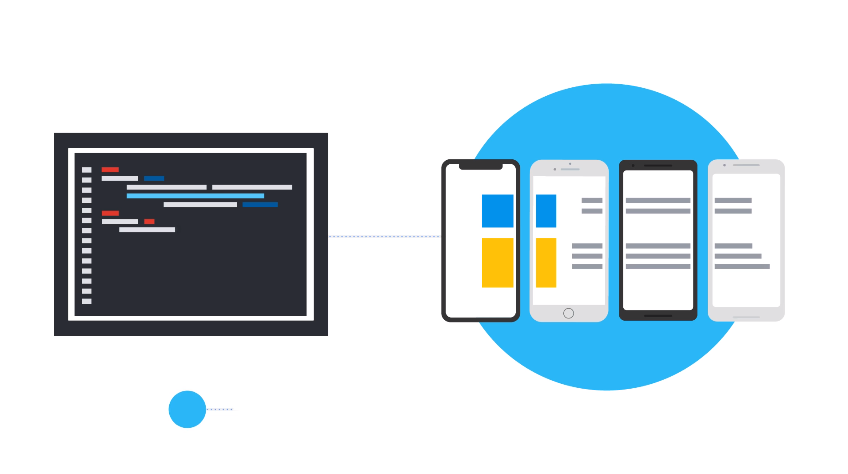 APPS
APPS
 APPS
APPS
 APPS
APPS
Google LLC today announced that its Flutter framework for building user interfaces now supports Windows, enabling developers to bring their Flutter-based applications to the more than 1 billion devices running Microsoft’s operating system.
Flutter is an open-source framework created by Google that enables developers to craft interfaces for their applications more quickly. It saves time by allowing interface code to be reused across different operating systems without labor-intensive rewrites. The framework is seeing rapid developer uptake, with the number of Play Store apps using it doubling from to more than 100,000 since April.
The newly announced Windows support is made possible by a number of components that Google engineers have added to Flutter. One is a so-called shell program that will make it possible to load and run Flutter code inside Windows applications. Another addition is support for WM_COMMAND, a low-level operating system feature that programs use to organize interface elements.
Not least is plugin support. Flutter, like many popular development frameworks, has an ecosystem of open-source plugins that developers rely on to round out the default feature set. The search giant is working with the open-source community to add Windows compatibility to plugins that don’t yet support the platform and has updated about a half-dozen so far.
The updated components provide features for tasks such as encrypting user data and launching browser windows. “The benefit of using these plugins is that most of them also support other Flutter platforms, which enables you to target your apps at Android, iOS, web, etc. as well as Windows,” the Flutter development team wrote in a blog post today.
Looking ahead, Google will work to add support for UWP. UWP is a newer version of the Windows application programming interface through which programs interact with the operating system that features better device support and security.
When Google released Flutter in 2017, the framework was geared mainly to mobile development. The company has since turned it into much more of a universal tool by adding the ability to build interfaces for web services and desktop programs. Besides boosting developer productivity, Google’s efforts to enhance platform support could ultimately also improve the end-user experience by allowing cross-platform apps to provide more consistent interfaces.
The Windows support is currently in alpha test mode.
Support our mission to keep content open and free by engaging with theCUBE community. Join theCUBE’s Alumni Trust Network, where technology leaders connect, share intelligence and create opportunities.
Founded by tech visionaries John Furrier and Dave Vellante, SiliconANGLE Media has built a dynamic ecosystem of industry-leading digital media brands that reach 15+ million elite tech professionals. Our new proprietary theCUBE AI Video Cloud is breaking ground in audience interaction, leveraging theCUBEai.com neural network to help technology companies make data-driven decisions and stay at the forefront of industry conversations.